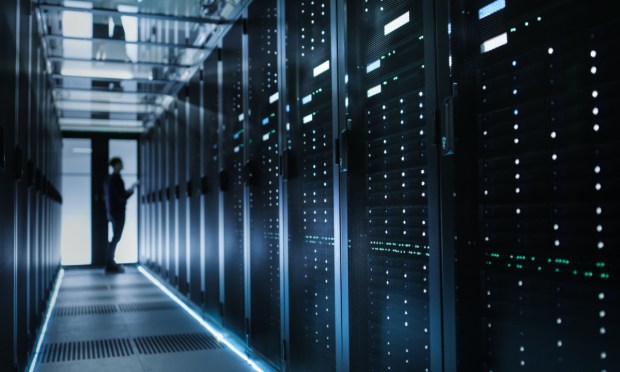Crypto Miners Repurposing Infrastructure to Meet Demand for AI

Crypto miners are reportedly diversifying into several areas, including artificial intelligence (AI).
Miners have repurposed their high-performance computing infrastructure to meet the demand for gaming, image and video rendering services, and AI, CoinDesk reported Monday (Aug. 21), citing JPMorgan.
“With the rapid growth of AI, the increased demand for high-performance computing is now opening a new and perhaps more profitable avenue for utilizing GPUs [graphics processing units] previously used for ether mining,” JPMorgan analysts said in the report.
The report attributed the move to crypto miners’ desire to enter new business areas, reduce their dependence on crypto and access new revenue streams.
PYMNTS reported in July that crypto miners are experiencing a resurgence of sorts, thanks to the AI boom.
A number of companies tied to the crypto business have pivoted to AI because their machines weren’t in demand during the crypto winter, but their GPUs are useful for the computational workloads needed to train generative AI systems, The Wall Street Journal reported July 2.
“You can still make money from your mining rig,” Satoshi Spain Founder Alejandro Ibáñez de Pedro said in the report. “It’s mining 2.0.”
Today’s revolutionary AI operations require more and more data storage and memory capacity — a fact that is beginning to strain the physical realities of the silicon chips that house the bits of stored information, and the GPUs that are used to train models on that information, PYMNTS reported July 3.
Bitcoin miners, many of whom are still stinging from the crypto market’s downswings, are realizing that they are sitting on a goldmine of high-end chips and GPUs that are hot commodities in the new AI economy.
Some mining companies are reprogramming and repurposing their computing setups and either selling them outright or leasing capacity to AI startups, universities and other organizations who aren’t able to gain — or afford — access to the AI computing capabilities of tech giants like Microsoft, Google and Amazon.
PYMNTS has reported that OpenAI spends up to $700,000 a day maintaining its underlying infrastructure and server costs.
The high cost of building and running an AI model is not a problem unique to OpenAI. Others, too, are dealing with the sophisticated, high-cost computing requirements and burgeoning scale of generative AI’s capabilities.

